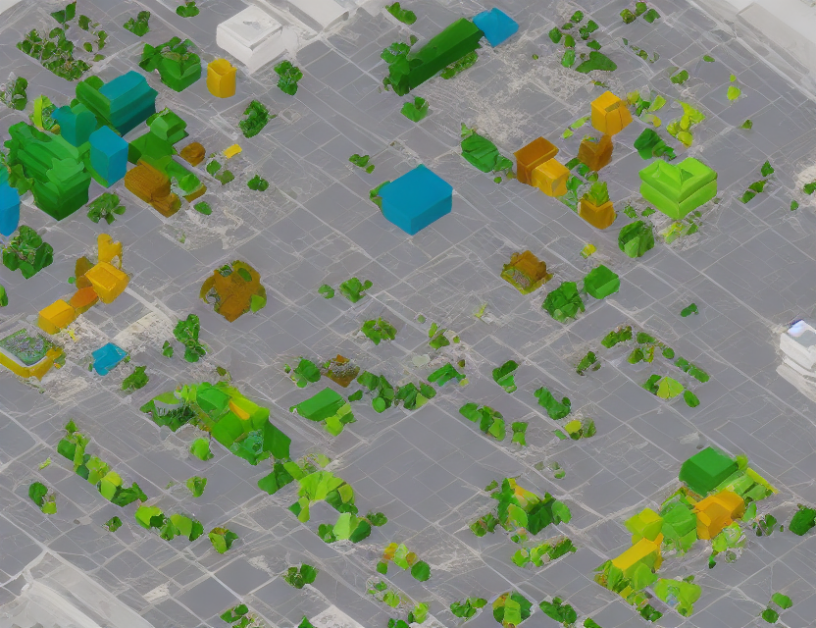Have you ever wondered how scientists create realistic images of objects or animals? One way they do this is by using something called semantic parts, which are like the building blocks of an object. These semantic parts provide a detailed and interpretable representation of the object, making it easier to create synthetic images. But, there’s a catch – annotating these parts on real data can be very expensive and time-consuming. So, researchers looked for a cheaper alternative – using synthetic data!
Annotating Parts on Synthetic Data
The researchers discovered that annotating parts on synthetic data is much cheaper than doing it on real data. They used 3D computer-aided design (CAD) models and rendered synthetic images based on these models. This method offers numerous advantages, including significantly reducing annotation costs. With the automatic generation of ground truth, they could generate an arbitrary number of synthetic images from any viewpoint. However, there’s a challenge – the pose diversity in these CAD models is limited, and it doesn’t cover the diverse poses observed in the natural world.
The Challenge
In animal part segmentation, the pose diversity is much greater than what’s available in CAD models. This means that the automatic generation of ground truth for these models might not work as expected. The researchers realized that they needed a better way to handle this challenge. They wanted to find a way to make their method more robust and adaptable to different poses, so they could create more realistic synthetic images.
Conclusion
In summary, the article discusses how annotating parts on synthetic data can be a cheaper alternative to doing it on real data. While this method offers numerous advantages, it also has limitations when it comes to handling pose diversity in animal part segmentation. The researchers are working on finding a better way to handle this challenge and make their method more robust and adaptable to different poses, so they can create even more realistic synthetic images.



